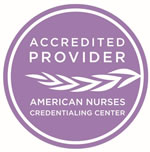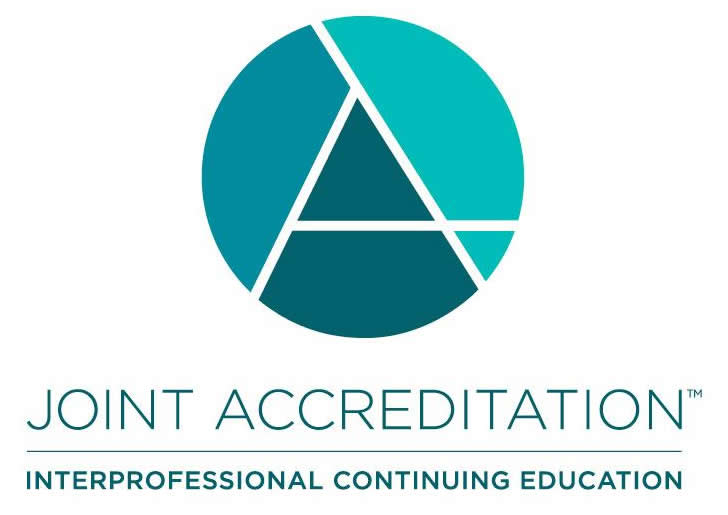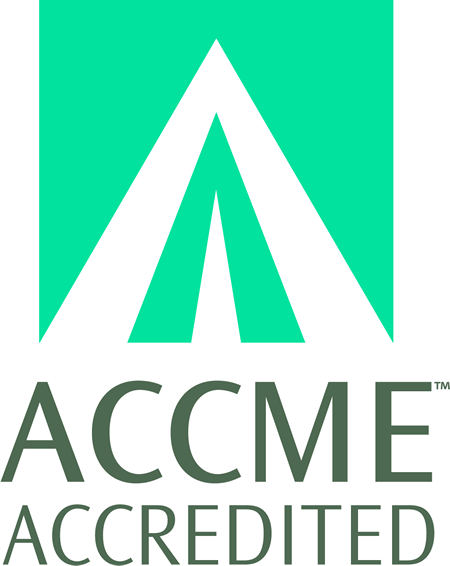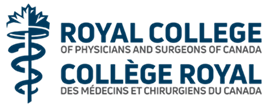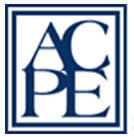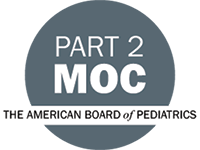
COURSE CREDITS & HOURS
AMA PRA Category 1 Credits™14 ACPE Credits
14.0 MOC (Part II) points in the American Board of Pediatrics' (ABP) Maintenance of Certification (MOC) program
COURSE FEES
TARGET AUDIENCE
PROGRAM PURPOSE
- Celiac disease
- Recognize presenting symptoms of celiac disease.
- List conditions associated with increased risk of celiac disease.
- Describe diagnostic process for celiac disease.
- Identify benefits of gluten free diet in celiac disease.
- Liver profile
- Describe presenting symptoms in pediatric liver disease.
- Classify symptoms into pathophysiological groups.
- List differential diagnosis for main pathophysiologic group
- Genetic and metabolic liver disease
- List the most common genetic and metabolic liver disorders.
- Summarize available therapeutic options.
- Autoimmune liver disease
- List the most common autoimmune liver diseases.
- Integrate screening and evaluation of autoimmune liver disease into primary practice
- Gastrointestinal emergencies
- Apply systematic approach to the evaluation of gastrointestinal emergencies.
- Pediatric Constipation
- Apply systematic approach to diagnosis of pediatric constipation.
- Develop office based strategy for medical and behavioral treatment of constipation.
- Gastroesophageal reflux
- Apply systematic approach to diagnosis of gastroesophageal reflux.
- Develop office based strategy for medical and behavioral management of reflux.
- Blue baby - Diagnosis and management
- Exclude common and generally benign causes of cyanosis in the newborn
- Consider and confidently diagnose cyanotic heart disease allowing for timely intervention and better outcomes.
- The Vomiting Baby
- This session hopes to bring together the common and uncommon causes of vomiting in the young baby thereby allowing for recognition of those more serious cases warranting admission, and/or medical or surgical intervention.
- The Crying Infant - Infant Distress syndrome
- While all babies cry, those that continuously do so present to the clinical for diagnosis and effective management. The session will highlight the not uncommon causes that may be simply dealt with. It will also describe the complexity of the problem and its management especially if simple interventions have been carried out but with little improvement.
- The Recognition of the "Very" Sick Child
- Upon completion of the session participants hopefully will be able to recognise the very sick child and to institute appropriate and immediate treatment to ensure the best outcome.
- Communicating with your Patients - A Paediatric Perspective
- This interactive session will allow participants to reflect on their own practice with the aim of achieving a therapeutic interview as described by Winnicott.
- Paediatric Cardiology - An Overview
Part 1. Acquired Heart Disease
Part 2. Congenital Heart Diseas- Following this presentation, participants should have an overall understanding of pediatric cardiology, recognise gaps in their knowledge and be more confident in making appropriate referrals.
- Recognising Heart Disease in Childhood - where there is little or no murmurs - Traps the Clinicians may wish to avoid
- The question and answer session hopefully will alert participants to recognise the not so obvious but yet significant heart disease in childhood to allow for timely referral and treatment.









